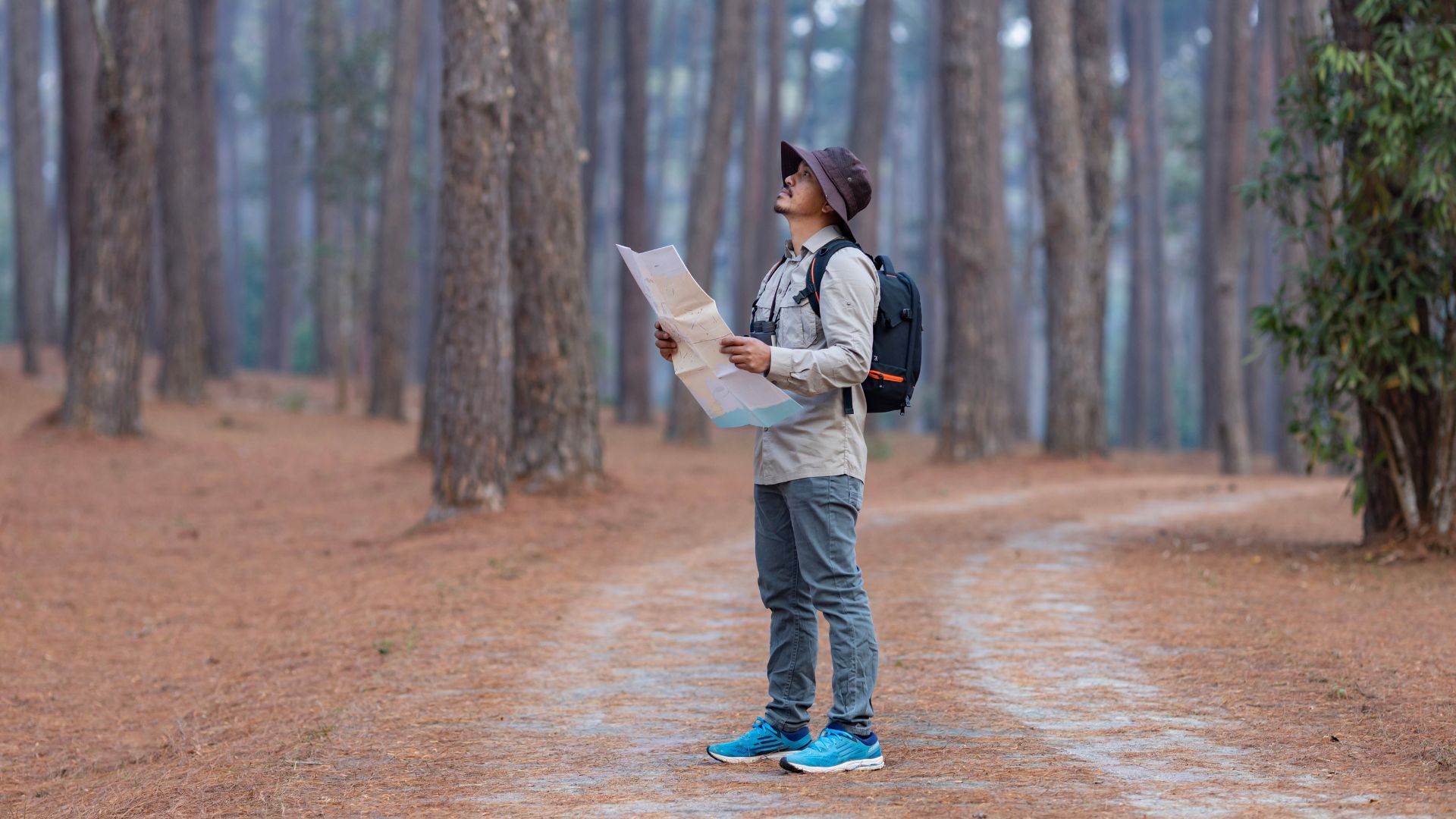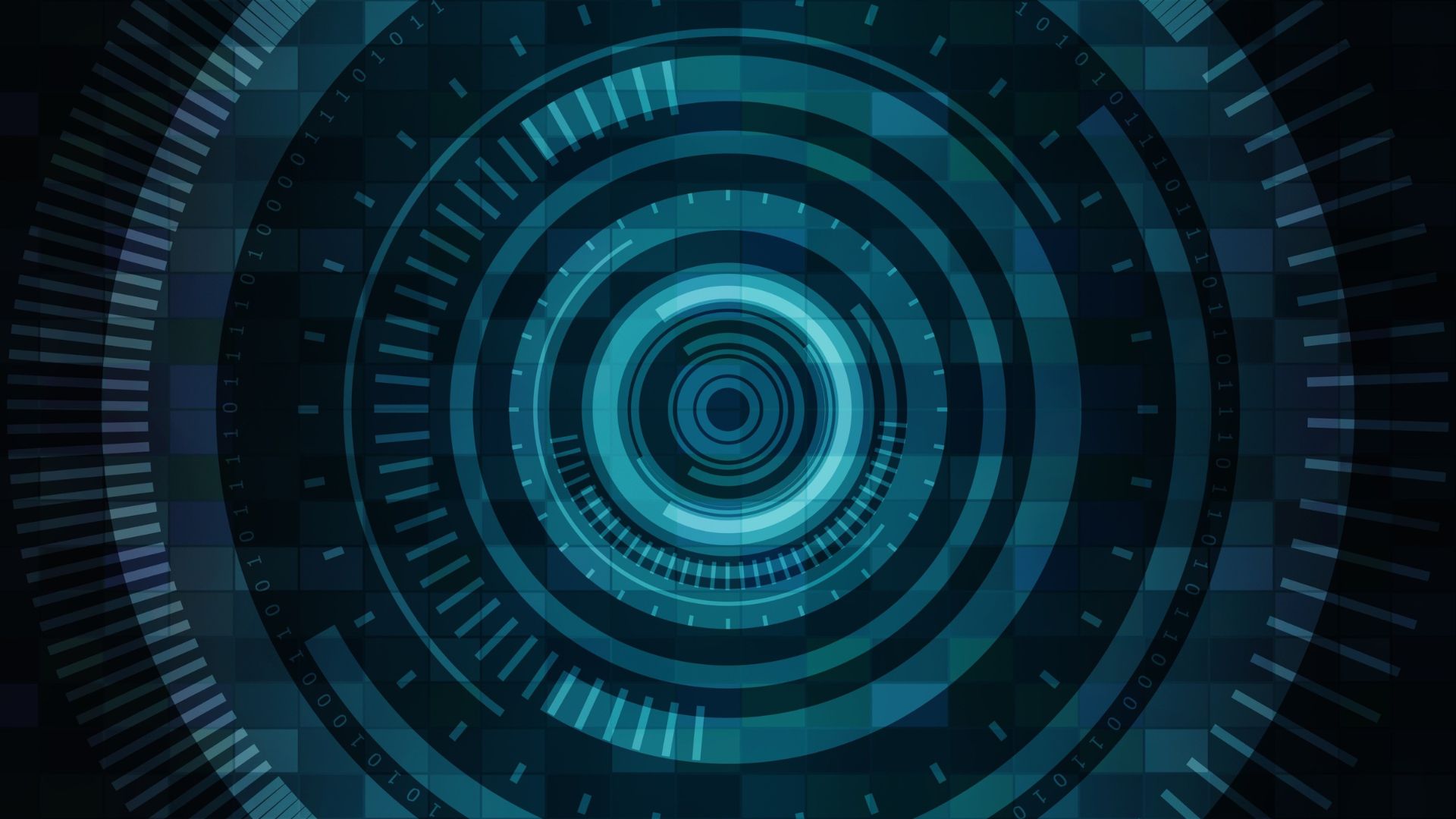Advancements in LiDAR: Transforming Industries from Surveying to Robotics

LiDAR (Light Detection and Ranging) technology has rapidly evolved, impacting industries from geospatial mapping to robotics. By using laser pulses to measure distances, LiDAR enables high-resolution 3D mapping and object detection.

LiDAR in Surveying and Mapping
Traditionally, LiDAR has been used for topographic mapping, land surveying, and infrastructure planning. Aerial LiDAR systems mounted on drones or aircraft create highly detailed terrain models, improving construction and environmental analysis.

Automotive and Robotics Applications
LiDAR is a key component in autonomous vehicles, helping them detect obstacles and navigate safely. In robotics, LiDAR enhances machine vision, allowing robots to operate in complex environments with precise spatial awareness.

LiDAR in Agriculture and Environmental Monitoring
Farmers use LiDAR to analyze soil conditions and optimize irrigation strategies. Additionally, environmental scientists deploy LiDAR for forestry management and tracking deforestation.

The Future of LiDAR
As LiDAR technology becomes more affordable and compact, its adoption across industries will continue to grow. Future advancements may include improved range, higher resolution, and better integration with other sensor technologies.

